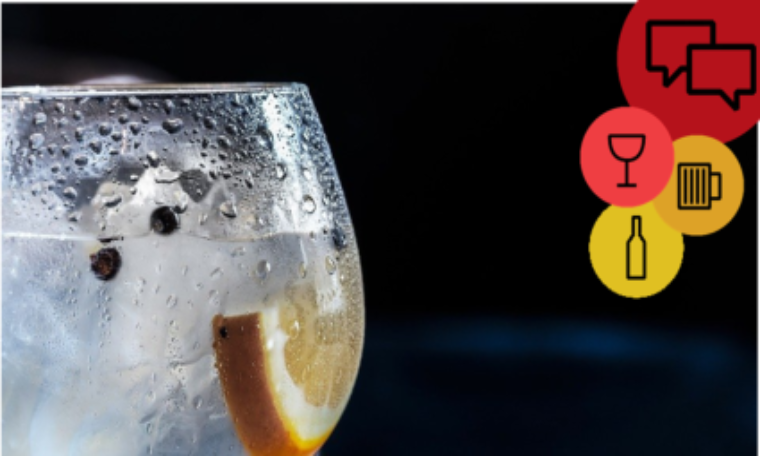
Definition
The alcohol section of the Codes applies to ‘alcoholic drinks’, which are those above 0.5% ABV. Drinks at or below 0.5% are, for the purposes of the Codes, considered to be non-alcoholic.
CAP is aware that official government guidance exists on how alcohol content at or below 0.5% should be described, but understands that this guidance is not legally binding. Therefore, the Codes do not require compliance with this guidance.
ABV claims and drink descriptions
Marketers should, however, take care not to mislead consumers by implying that a product contains no alcohol at all if it contains any. For some consumers, whether for health, religious, or other reasons, the presence of a small amount of alcohol may be material information and therefore required to be present with reasonable prominence.
Although the ASA has not formally ruled on such a circumstance, marketers are best advised to take a cautious approach when marketing a drink that is usually alcoholic (such as a non-alcoholic beer) but has been adjusted to bring it below the 0.5% ABV threshold. For instance, we would strongly recommend that ads contain a reference to the ABV alongside any ‘alcohol free’ or similar claims.
Marketers should be aware that some types of drink may only bear specific names (e.g. wine, or gin) if they meet specific legal criteria. These often include minimum ABVs. The CAP Code prohibits advertising that implies a product may legally be sold if it cannot, which would cover marketing for products that do not meeting the legal criteria for being described as a specific type of drink. Although the ASA has yet to formally rule on this issue, using ‘style’, ‘replacement’, or ‘alternative’ (such as ‘non-alcoholic rum alternative’) is unlikely to mislead consumers about the nature of the drink.
Further guidance on ABV claims for alcoholic and non-alcoholic drinks can be found here: Alcohol: ABV alcoholic strength
References to alcohol
The alcohol rules apply not just to ads for alcoholic drinks, but to ads that refer to or otherwise promote them. This would include ads such as the following:
- party imagery with alcohol-specific glassware
- bar or pub imagery with drinks visible
- promoting (e.g.) cheese that can be seen paired with wine
- promoting (e.g.) a clothing or perfume brand with a character drinking alcohol
Health claims
Ads for alcoholic drinks are not permitted to make health or nutrition claims beyond the three specifically noted in the rules. However, drinks at or below 0.5% are not subject to this restriction. Guidance on the rules surrounding health and nutrition claims for food can be found here: Food: Health claims
CAP is aware of an increase in non-alcoholic drinks that claim to prevent or cure hangovers and other effects of alcohol. Marketers should be aware that these constitute claims to treat a medical condition and can therefore only be made in ads for licensed medicinal products. Moreover, the ASA has ruled that such claims are considered to state or imply that the food product can prevent, treat, or cure a disease, and are therefore prohibited. They may also be interpreted as a ‘reduction of disease risk’ claim, which are only acceptable if authorised on the EU or GB (as applicable) nutrition and health claims registers.
Guidance on hangover claims can be found here: Health: Hangover
Consultation
In recognition of the expanding market for ‘alcohol alternatives’ (non-alcoholic versions of alcoholic drinks) CAP and BCAP are consulting on specific rules and guidance for this sector. The consultation closes on 5 May and can be found here: Consultation on advertising alcohol alternatives
More on
-
Keep up to date
Sign up to our rulings, newsletters and emargoed access for Press. Subscribe now.


